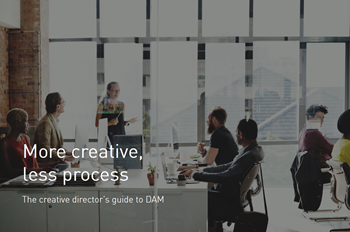Using a customer relationship management (CRM) system can revolutionize the experience for your audience. Ensuring you’re sticking within the best practice guidelines and following the right principles can have huge benefits for an organization. But, without measuring the true impact your CRM is having, you’ll never be able to fully understand areas for improvement.
Here are some CRM metrics you should be using to inform your decisions going forward:
1. Customer churn
Customer churn is one of the most straightforward metrics to keep track of. It measures the percentage of recurring customers over a given period. This is often set at a month, but you can also look at your customer churn for the year and compare it with historic data. Counting the number of customers at the beginning and end of the period and subtracting the second number from the first then dividing it by 100 will enable you to work out the percentage.
2. Net promoter score
If you want to know what your customers think of your brand, then turn to the net promoter score (NPS) metric. It relies on a simple question: how likely are you to recommend our products to your colleague or friend? The strategy then rates the answers on a scale of zero to ten to analyze everything you need to know about your brand image. Scores of six or below represent detractors, while those who chose seven or eight as their answers are passive customers. You want to be aiming to receive scores of nine and ten, as this audience will become advocates for your brand
3. Customer effort score
Despite also being a customer success metric, customer effort score (CES) differs from NPS in that it only looks at a single interaction. This means an individual occasion is analyzed in order to see how well your support team is doing when talking to its audience. A customer that has to wait a long time to have a relatively simple question answered is less likely to be happy than one who saw a representative of the brand being proactive in solving their issues.
4. Rate of renewal
Working out the rate of renewal metric means assessing business growth and the acquisition of new customers. If you operate a subscription model, it’ll demonstrate how likely your customers are to upgrade their contracts on a monthly basis. For non-subscription businesses, an annual assessment is likely to be more appropriate and will show you the difference over time.
5. Customer retention cost
Working out how much it costs a business to retain clients is an important task, as it gives real insight into the organization and the return on investment for its practices. Start by selecting a period and adding together all of the expenditure for customer retention during this time. That includes everything from tools and materials to staff hours. Divide the sum of this calculation between the number of customers you’ve kept hold of and you’ll have your customer retention cost.
6. Close rate
Leads are a fundamental part of driving new business to a company and an important element of most marketers’ roles. But even when there’s a strong supply of leads coming in, it’s vital to understand how many of them are being closed. Not only does this metric help you to gauge how successful the business is, it can also highlight when there are issues in the pipeline preventing leads from converting. To work out the close rate, compare the number of leads in the pipeline with the deals closed. This should be presented as a percentage.
7. Lead velocity
Lead velocity refers to the amount of time it takes for an average deal to close. Put simply, it’s the duration between the first interaction with your organization and when a contract is signed. There are several factors that can affect lead velocity, such as the number of points of contact between parties, amount of decision makers involved and the price of a product or service. As your CRM should be making the process more efficient, lead velocity is a key metric to track.
Listen to the episode via your preferred pocast platform:
Further reading:
- 5 Steps to a Successful CRM Strategy
- How to Automate Your Marketing With a CRM System
- 5 Tactics to Ensure CRM Data Quality Isn't Compromised
Access the latest business knowledge in Marketing
Get Access




Comments
Join the conversation...